We continued heading north through Vietnam up to Hanoi, but having spent quite a bit of time in South East Asian cities I was getting a bit citied out and the cities were all starting to merge together to form a mega city filled with scooters, motor bikes, temples and pagodas, street markets, people and food stalls. So we booked into a hotel who seemed to be very helpful in arranging tours and trips (according to the reviews anyway) so that we could use the hotel as a base to explore the mountains in North Western Vietnam around Sapa and then head out to the world famous Ha Long Bay area to the east of Hanoi.
Checking into the hotel, La Beauté de Hanoi, the first thing we did was to get an idea of our options from David, the hotel manager. It lived up to its social media reputation, and soon we had some ideas for some trips to think about over dinner that night.
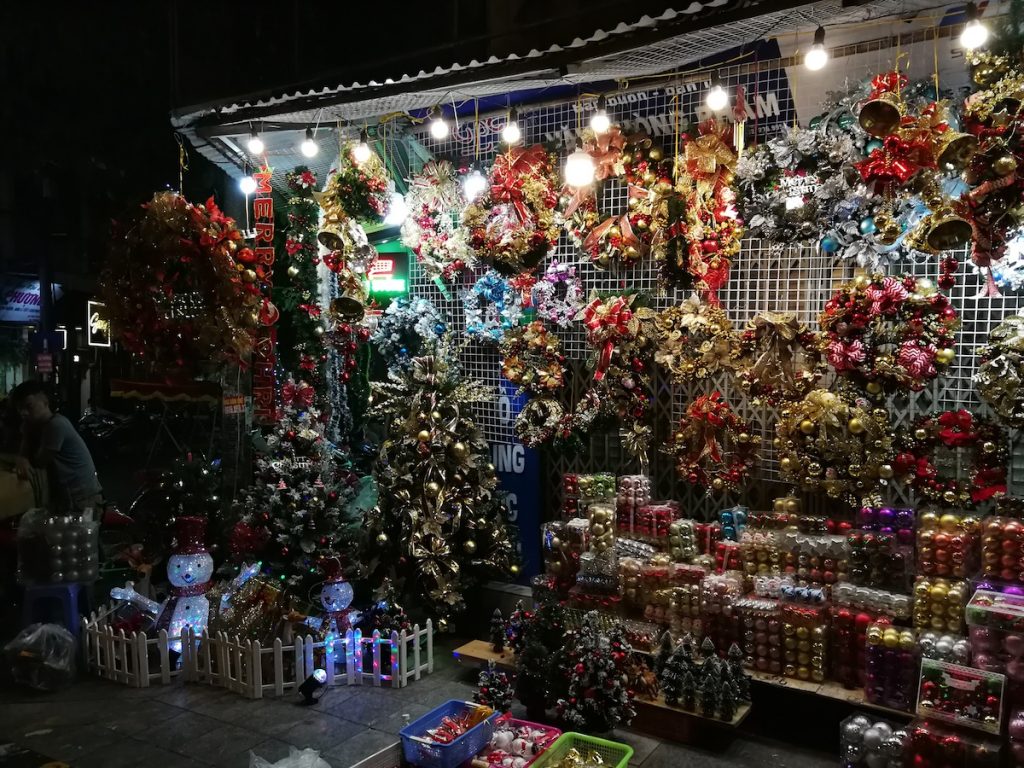
The hotel was located in the old quarter of Hanoi, just north of the Hoan Kiem Lake. The old quarter is a maze of narrow streets and alleys. Back in the thirteenth century there were 36 guilds in Hanoi. These guilds established themselves in the area and each guild claimed its own street hence the Vietnamese ‘36 Pho Phuong’ (36 Guild Streets). The streets are typically named Pho Hang (Merchandise St), followed by the word for the product traditionally sold there. So, for example, shops on Pho Hang Gai would sell things such as silk, embroidery, lacquerware, paintings and water puppets. Today there are many more than 36 streets in the area and their names don’t always reflect the types of goods sold there now. We strolled along a number of the streets and saw different items on sale from silver and jewellery, to funeral wares and bizarrely a whole street of Christmas decoration shops!
The other thing to mention about the streets is that they are generally pretty narrow. There is a pavement (at times) but it is almost always a home for motor cycles, market stalls or other traders with their wares strewn about for people to buy. The result of this is that most of the time you end up walking in the road along with thousands of motor cycles, cars and taxis. Achieving this safely is a bit like the tactics that you need for crossing the road in Hanoi. You basically just walk in or across the road with a steady consistent pace. You don’t try to speed up or slow down for traffic, they manoeuvre around you. It actually works, and when you get used to the idea that they will actually miss you it doesn’t feel quite so scary. In fact, as we moved on to other cities and countries I found myself getting quite frustrated by waiting at pedestrian crossings for example. Particularly when there was no traffic around!!!
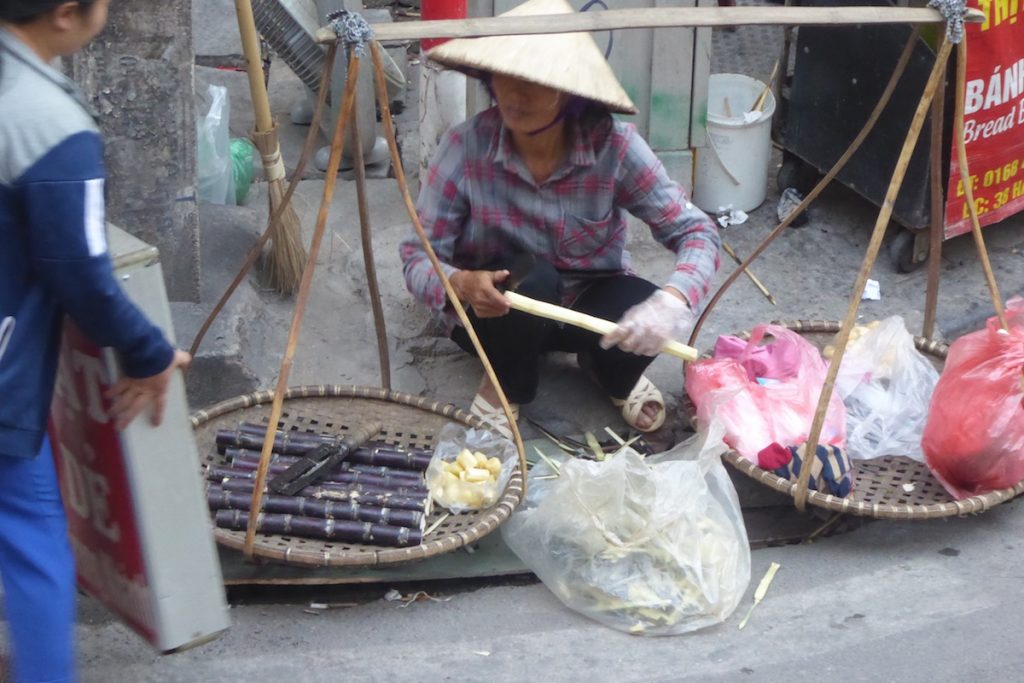
After working up a thirst exploring the old quarter we decided to stop on a street corner where there was a bustling bar with tiny plastic stools, designed for hobbits or school children, and matching tables. As usual, a beer was about 50p, so we were onto our second when bedlam broke out. Staff rushed out, told everybody to get up and go inside (including those eating outside) and within 90 seconds had moved all the tables and stools into neat stacks inside the bar. We found out later that this was all caused by a police van being sighted up a side street. Apparently in Hanoi you need a particular license to have tables in the street, clearly something that this bar (and I’m sure many others) had omitted to buy.
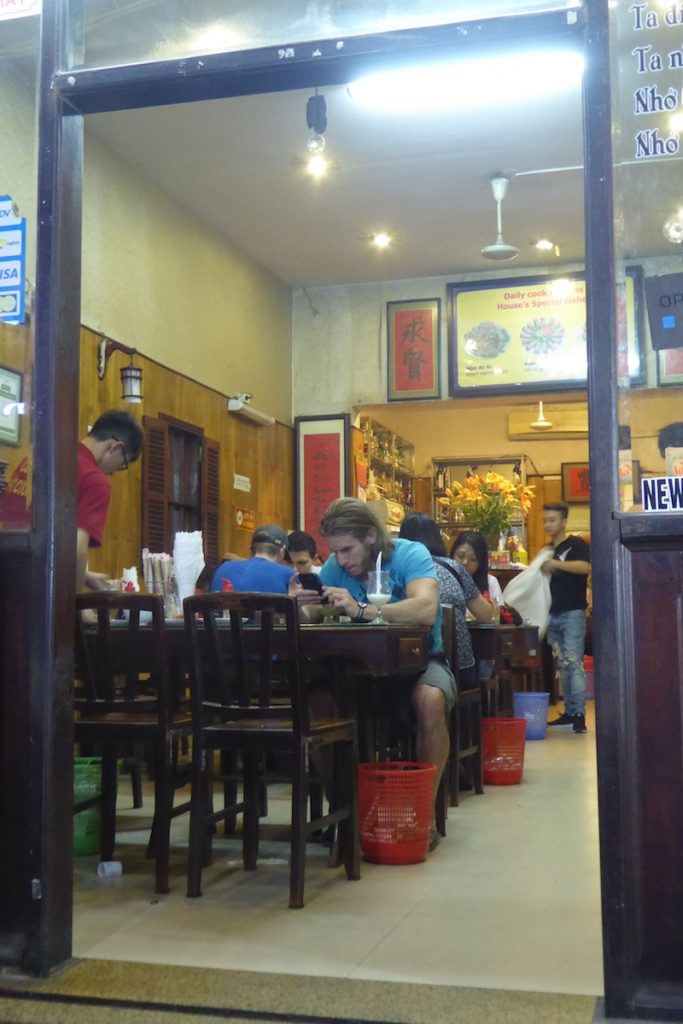
Dinner was taken at the New Day restaurant, recommended by both the Lonely Planet and by the staff at our hotel. Tasty noodles and more beer, obviously sitting at tables on the pavement ensuring that anyone walking by did so in the road. It was so tasty and such good value that we went back twice.
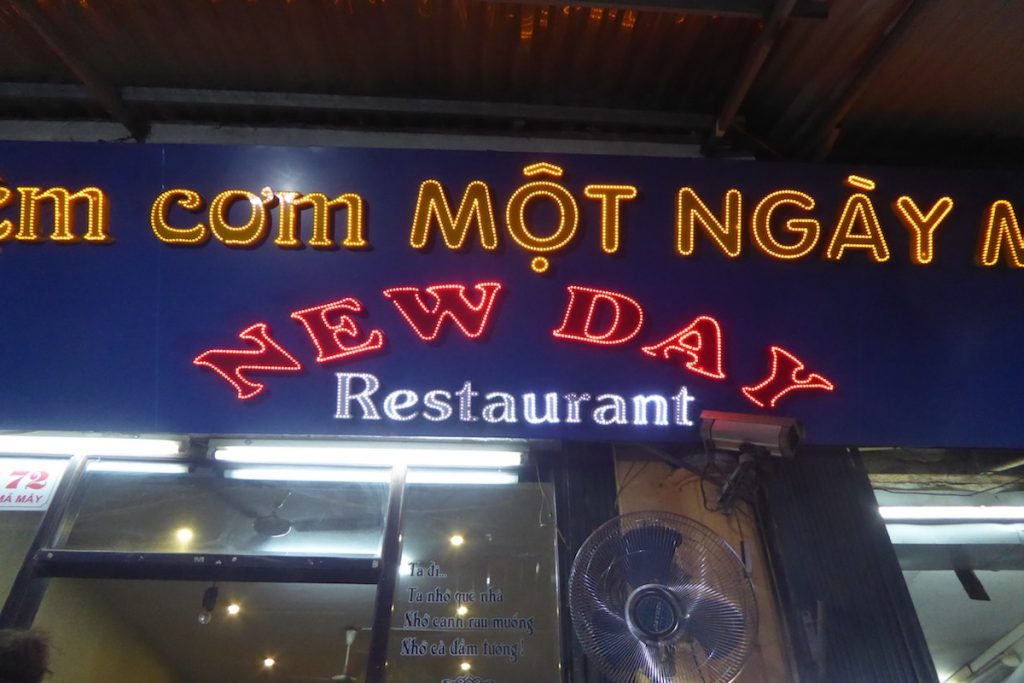
Back to our plans, we decided on a 2 day trip to Sapa, staying for one night in the mountains, back to La Beauté de Hanoi for one night and then on to Bai Tu Long (quieter than Ha Long Bay apparently) for a three day cruise amongst the spectacular limestone karsts. One further night at a hotel near the airport would see us to the end of Vietnam trip and a plane to Hong Kong.
But first, we had a day in which to explore some of Hanoi.
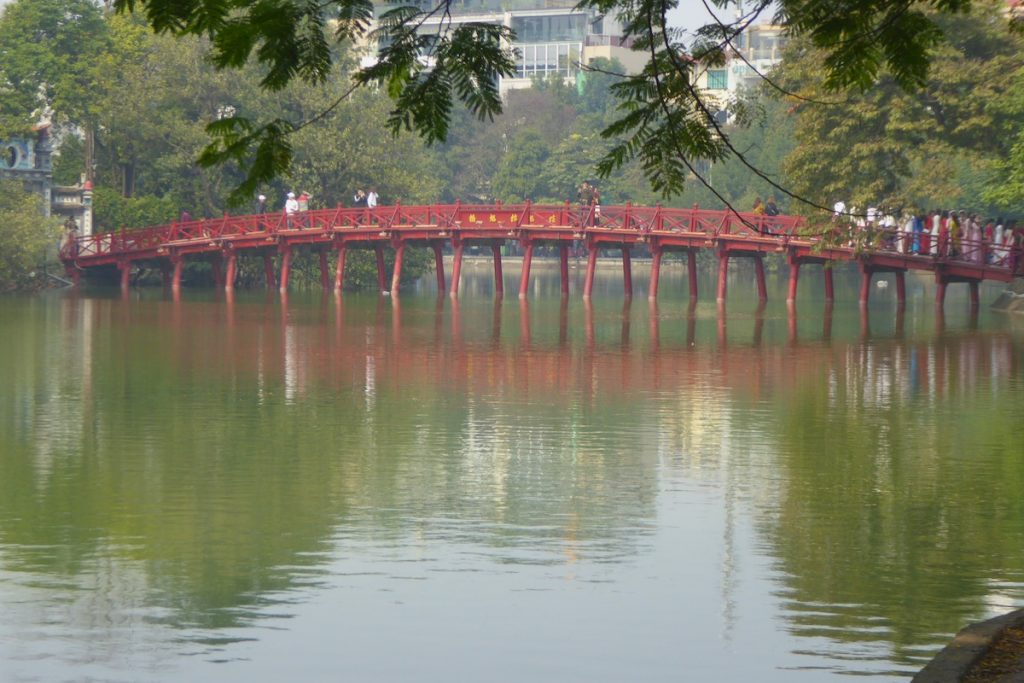
There are a number of museums worth visiting, but as we just had the one day we decided to walk down past the Hoan Kiem Lake and down to the Vietnamese Women’s Museum, and walk back past some of the other notable buildings and landmarks in that area.
Past the Ngoc Son Temple, on an island in the lake and connected to the shore by an elegant, traditionally styled, scarlet bridge, the first monument we stumble across, set in its own plaza, is a giant bronze statue of King Lý Thái Tổ. Lý Thái Tổ is considered to be the founder of Hanoi (more correctly spelt Hà Nội) in 1010 when he decreed that the old capital at Hoa Lu was to be moved to a more strategically located settlement. Đại La (present day Hanoi), was more spacious for the growing population and advantageously located on flatlands between rivers and lakes for transportation, commerce and military mobilisation.
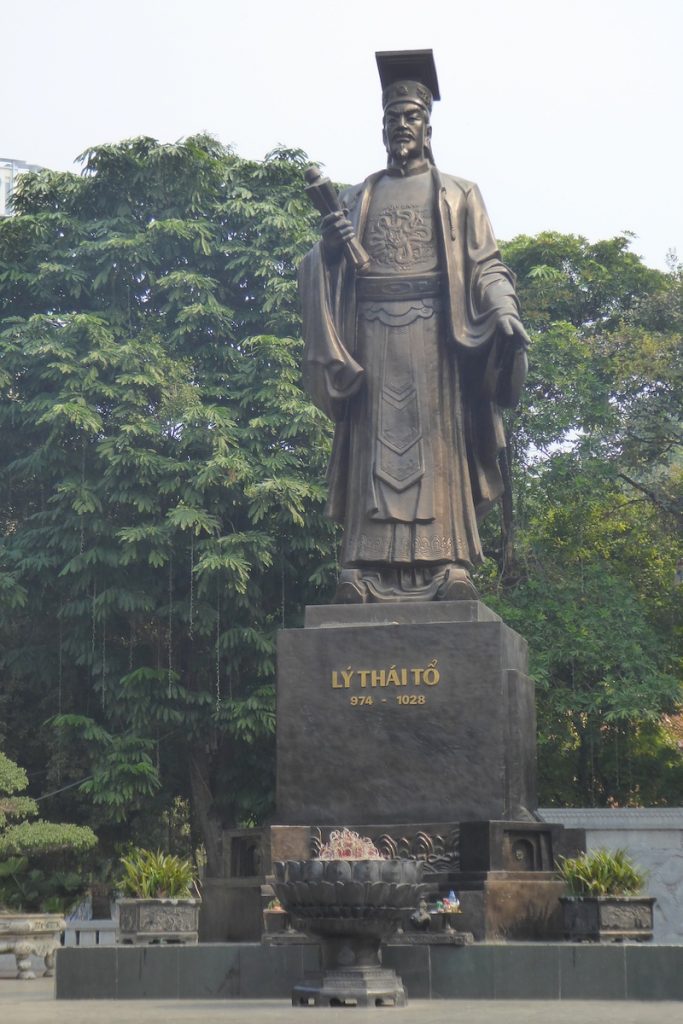
It doesn’t take long to get to the museum who’s most interesting exhibits recall the memories and actions of heroic Vietnamese women during the war years. Other floors showcase costumes and customs of minority’s ethnic groups.
It’s very different from many museums we’ve visited in the past, and the contributions of these women just reinforce what a difficult time everybody had during the war and just how much the whole of the population were involved.
We stayed there longer than I think we’d expected, so when we left there ways not enough time to visit any other museums so we started to make our way back towards the hotel.
As well as the old quarter, there is a French Quarter in Hanoi too and more by luck than judgement we find ourselves wandering along some wide tree lined streets with huge elegant neoclassical buildings. Personally this was something I hadn’t expected to see in Vietnam, and at times the were shades of Paris about the area. The most impressive building though was the French colonial opera house, a 900 seat venue built in 1911 and is an impressive sight with its collection of gothic pillars and domes.
As we were only going to spend one night in Sapa, back at the hotel we packed our day packs with some essentials and the rest in our main bags to leave in the hotel ready for our early start in the morning.
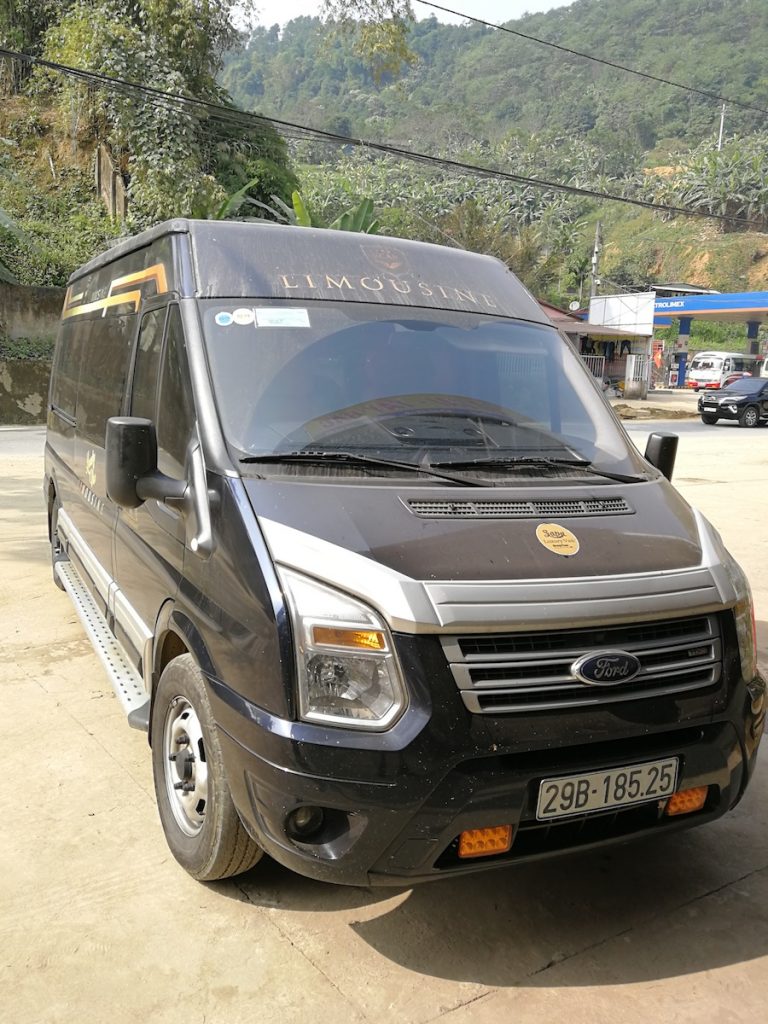
The drive to Sapa is about 5 hours long, and were picked up early by our ‘luxury limousine’ (read posh people carrier). The journey was pretty uneventful until we started the climb up the twisty mountain road once we’d left the main road. Our driver seemed unable to wait behind any vehicle, trying to overtake on bends, the grass verge, just about anywhere. Notwithstanding any traffic coming in the other direction.
We made it to Sapa, a much larger town that I’d expected to see with a huge amount of new building work going on. The first thing was to drop everyone off at their hotels. Now we’d booked this trip quite late, and as it was through the hotel we only had a small paper receipt in our hands. If we’d read it, we’d have realised that we didn’t actually know which hotel we were heading toward.
The first group were dropped at a posh looking resort hotel, leaving us and Jenny and Phil (from Gosford, north of Sydney) to be deposited. Now, I’m often told that my expectations of people are too high, but I don’t think it unreasonable for a paid driver (of the taxi kind as a posed to a getaway driver) to know where he’s going.
It turned out that Jenny, Phil and ourselves were all going to the same hotel, the Eden Boutique Hotel (strongly recommended) situated on a street called Thâc Bac. Now you couldn’t really make this up.
In English the street name translates to silver waterfall, and there just happens to be a well known trekking destination in the hills above Sapa, yes, known as the Silver Waterfall.
So when the driver asked a local for directions, we ended up driving 10 kilometers over some rough roads (a generous description for some of them) to the Silver Waterfall. The driver was actually going to drop us there. Even though there was no hotel in sight.
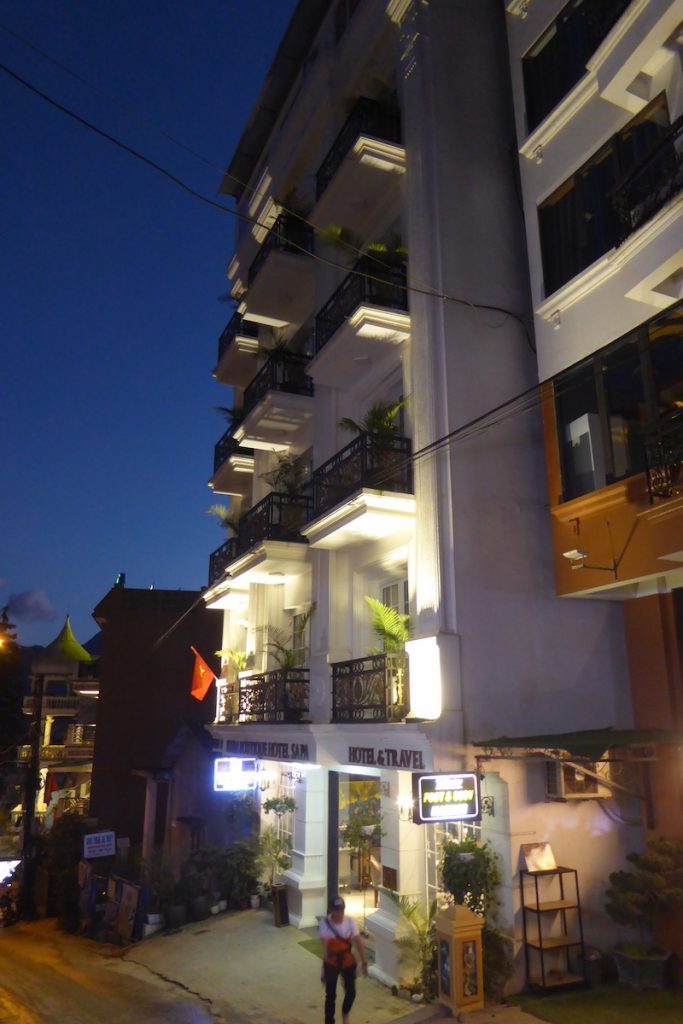
So an hour later, and having driven around Sapa another couple of times we were welcomed by the friendly reception staff who speedily ushered us to our (included) lunch as we were meeting our trekking guide in 45 minutes for an afternoon trek, one of two included in our trip.
45 minutes later, we were suitably attired with walking shoes and a warm layer each as we were expecting it to be much cooler than we’d been used to as Sapa is situated some 1650 meters above sea level.
Actually, we were incredibly lucky with the weather. As in other mountain ranges, the weather here can be very changeable but we were blessed with two days of broken cloud, blue skies and sunshine. And it was warm. Sapa itself was established as a hill station by the French in 1922. Today it is the tourism centre of the northwest, and the trekking capital of Vietnam. It is oriented to make the most of spectacular views overlooking a plunging valley, with mountains towering above on all sides including the highest peak in Vietnam, Fansipan at 3143 meters. Once a hard two day trek, the summit is now accessible via a new cable car that traverses the valley. The area is also home to a number of ethnic minority groups, and the town itself is filled with the vibrant and varying costumes of the local women.
Our guide arrived on time, Tom, a diminutive chap in his mid twenties, from the Lao Chai village a few kilometers down the valley. If Tom had grown up in Ireland, he would definitely have been enrolled as a jockey (although Helen thinks that he would undoubtedly have been in the house of leprechaun).
For our afternoon hike, we were heading down into the valley to a village called Cat Cat, one of the Hmong villages in the area. There was only the two of us on the hike that afternoon, so we set out with our personal guide. It’s an easy walk, albeit steeply downhill, mainly on roads and steps. To support eco tourism, you have to buy a pass to trek in the hills around Sapa, so after Tom sorted this out we walk down past the stalls of local traders. As we have our own personal guide, Tom explains about the indigo dye, how it is extracted from the plants that are found wild across the mountainside and we see local cloth that has been dyed, and rows of local costumes and other articles, all vibrant in the late afternoon sunlight.
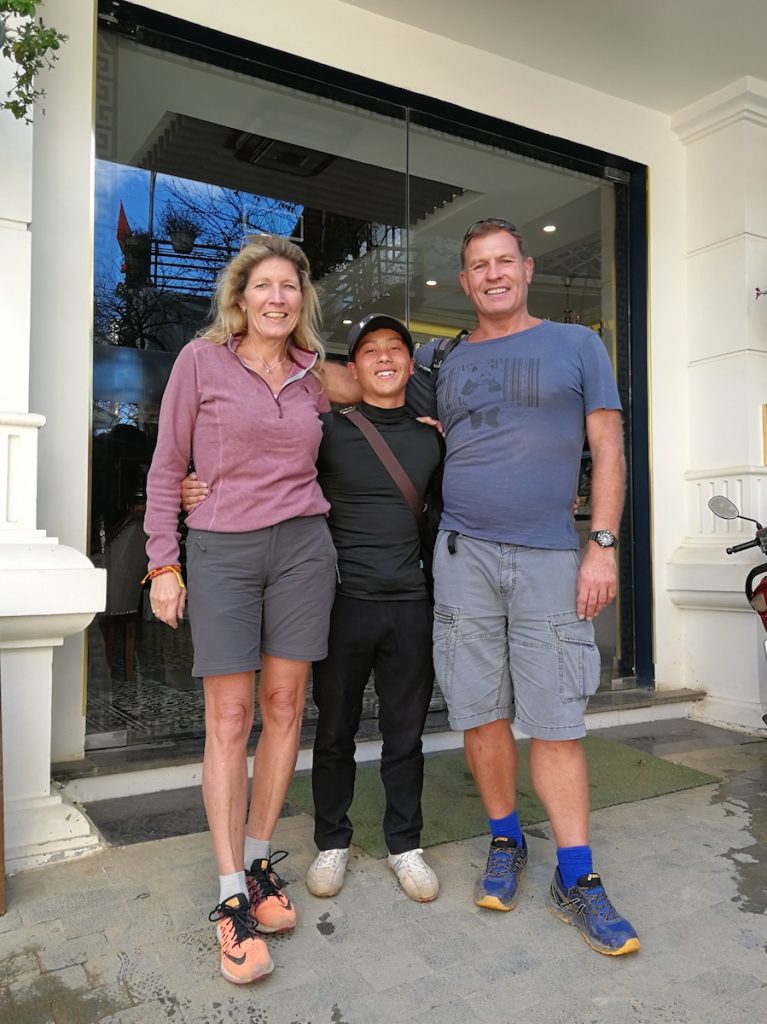
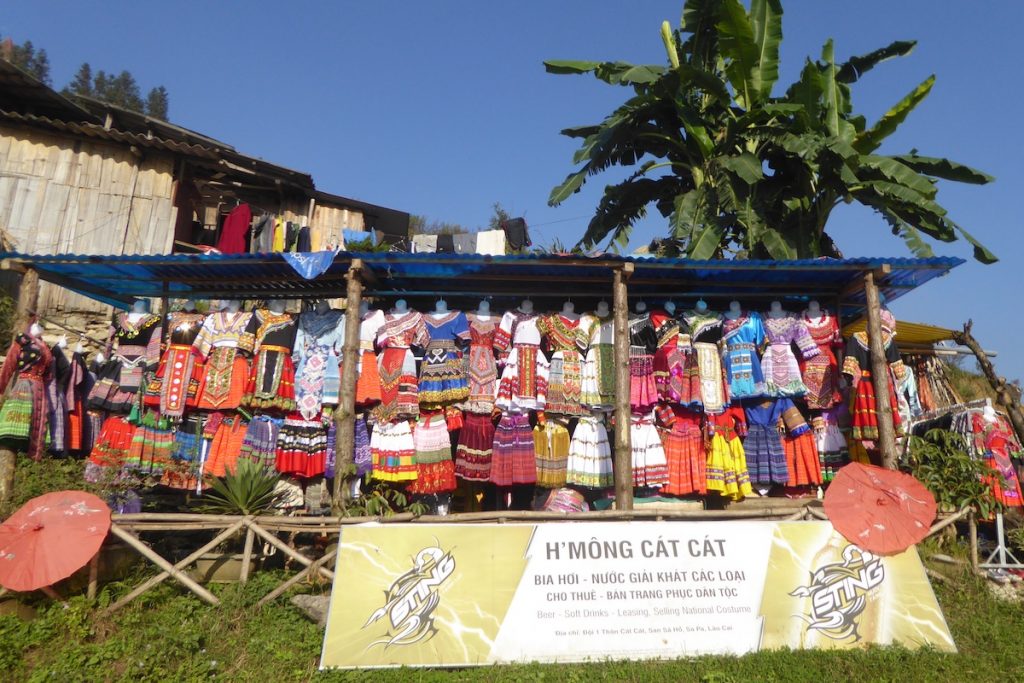
Down below the village, deep in the valley, is a small river tumbling over waterfalls. It was the site of an early hydro electric power scheme, and the building now houses some local dancing and some replicas of how traditional grain milling machines operated, powered by water. A process that would have taken days in the past is now completed in minutes with modern machinery.
After a good look around we have the more arduous climb back up the steep roads to Sapa. A bit of an effort for us, but something I think Tom could run up without breaking into a sweat.
Back at the hotel we say goodbye to Tom until the morning and get changed for our dinner after which we head out for a look about the town. Mountains plus clear skies normally means chilly evenings, and Sapa is no exception. So for the first time since Africa we have to break out the warm jackets.
The town is pretty lively. Around a central amphitheater local tribal women are still selling their wares, generally textiles of some kind, and on the stage some local entertainers singing in the crisp night air. We stand and watch for a while, then wander off to look at the lake around which the town is situated.
It’s a beautiful place, and when we stroll back to the hotel, stars shining in the clear skies we’re starting to wish we’d planned on another day or two in the area. There’s something calm and relaxing about the place despite the numbers of visitors and their usual constant haranguing from street sellers.
In the morning, Tom meets us at the hotel again, but today he has a bigger group. Nine of us in total, and we stop to pick up the rest of the group as we walk down through the town.
Today we’ll be trekking some 12 kilometers down into the valley through the paddy fields and terraces cut into the hillside to Tom’s home village of Lao Chai. Before we’ve left the town, we’ve picked up an entourage of local women who start to accompany us on our walk. They all want to chat, some are still spinning yarn as they walk, but we suspect that there must be an ulterior motive for them to walk with us.
Fortunately for us there had been no rain recently and the hillside was dry. The day’s trek was described as easy, but it was a walk down steep hillsides on unmade tracks. If it had been wet it would have been a treacherous surface, and as it was more than one of the group slipped over.
It was a beautiful trek though, despite us being there at the wrong time of year, and the paddy fields not being at their vibrant yellow best. The views were stunning, and the weather kind enough to allow us to walk in shorts and T-shirts (although some of the group were wearing down filled jackets!).
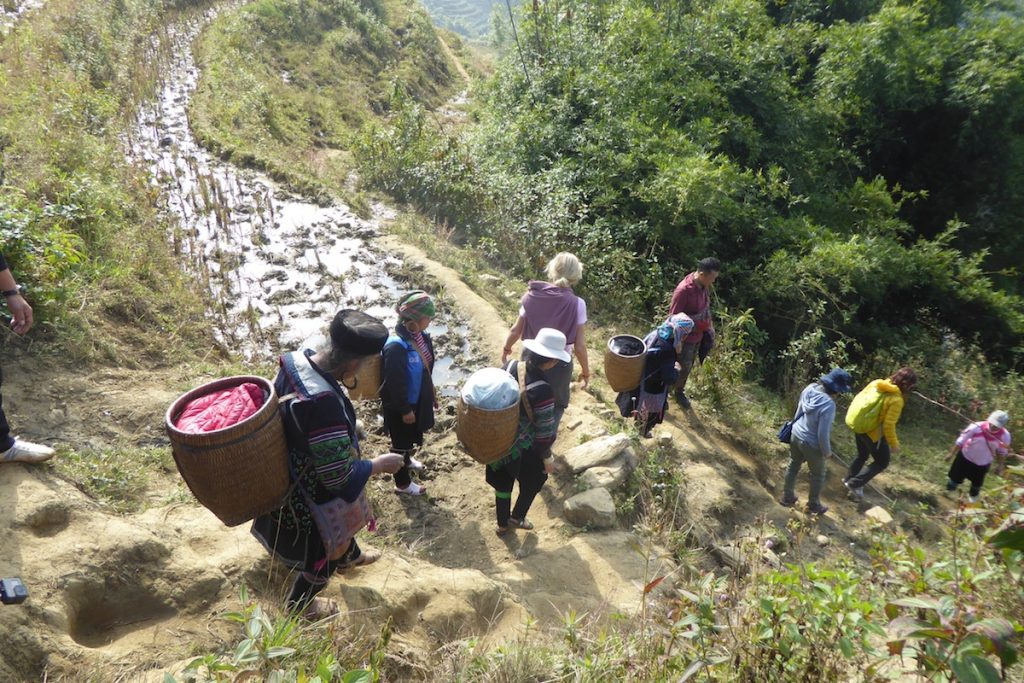
When we got to our lunch stop, in the Lao Chai village itself, the local women immediately surrounded us with their textiles and bracelets they’d been carrying all morning claiming that they’d been helping us all morning. Helen did buy something from her ‘personal’ guide as she had helped her at a couple of tricky spots. My guide (who I’d not realised was anywhere near me for the whole morning) still insisted that I should buy something from her as well, but she left disappointed and, I think, slightly angry.
The trek finished with Tom taking us back to our hotel. We said our farewells, looked around and wished we could have stayed longer in this beautiful environment, but we had to get back to Hanoi as we had a date in the morning to take us to the equally stunning limestone karsts of Bai Tu Long.
As we took so many photographs, we’ve created a gallery here for those who’d like to see some more
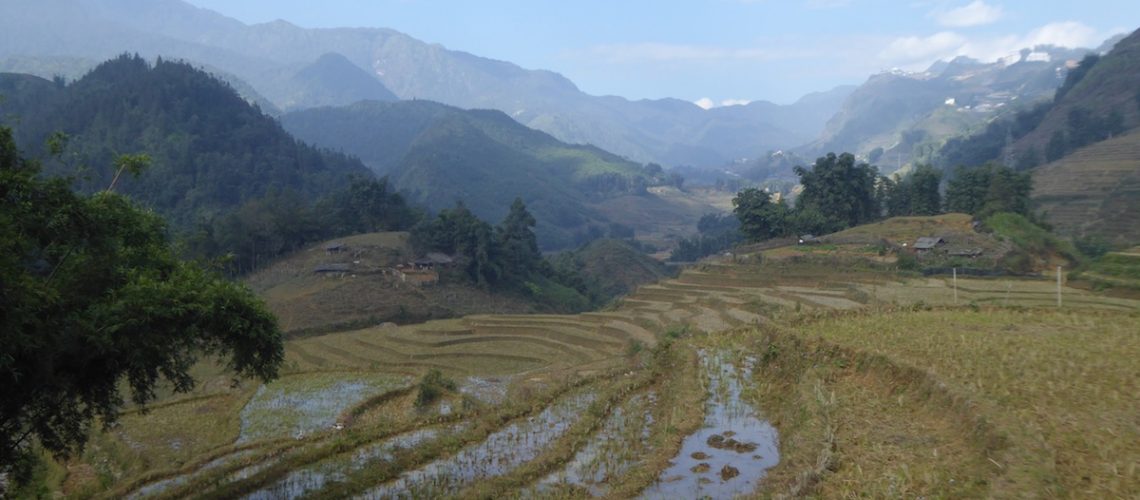
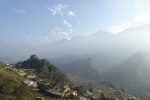
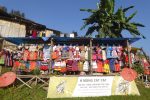
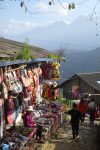
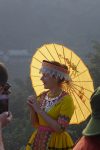
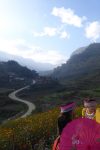
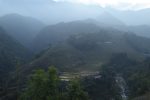
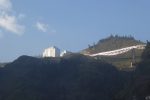
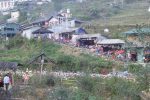
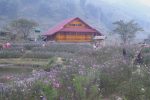
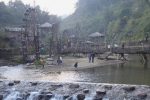
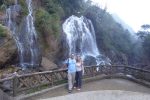
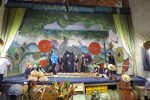
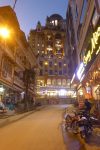
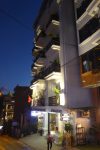
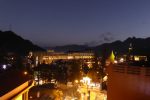
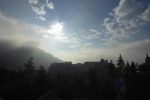
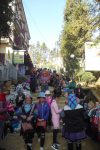
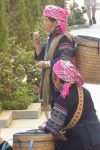
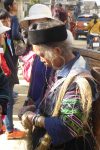
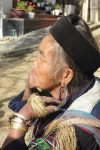
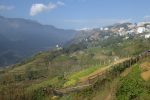
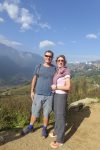
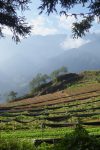
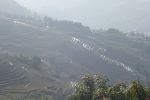
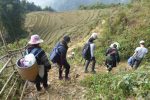
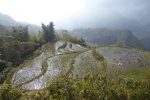
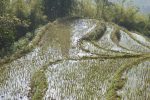
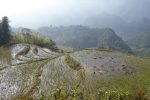
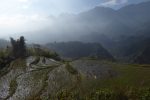
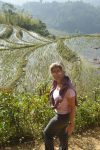
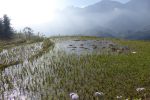
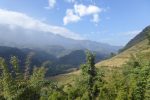
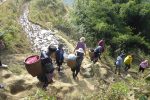
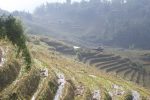
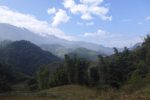
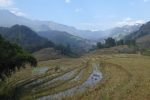
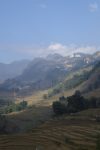
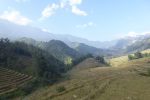
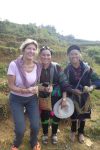
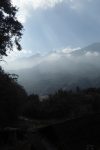
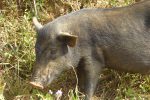
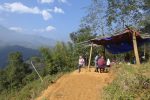

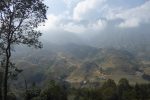
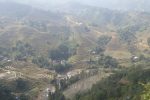
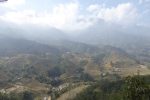
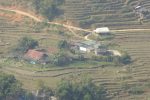
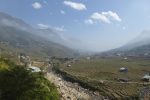

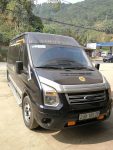

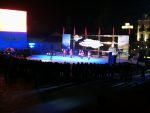
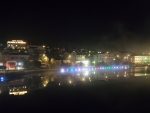
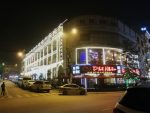
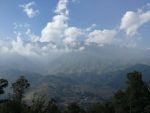
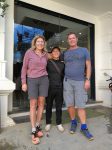
1 thought on “Hanoi and the Mountains of Sapa 🇻🇳”
Those steps would have killed me but Sapa is lovely and we would have been happy to stay a while longer too. Hilary